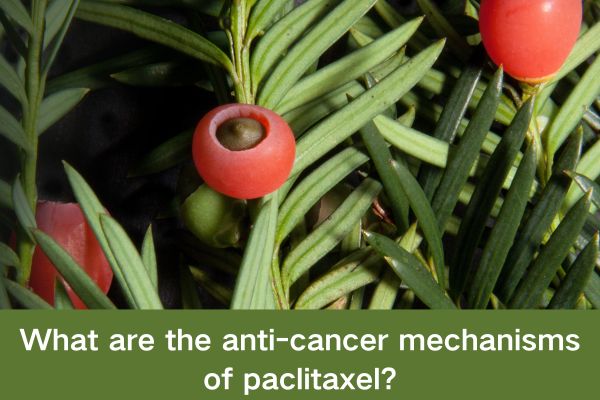Paclitaxel is a natural drug with significant anticancer activity,and its unique chemical structure can interfere with the function of tubulin and prevent tumor cell division and proliferation.It is a complex diterpenoid compound isolated from Taxus genus.Paclitaxel has the characteristics of high efficiency,low toxicity and broad spectrum,and is widely used in clinical treatment of breast cancer,ovarian cancer,non-small cell lung cancer and other malignant tumors.
The anti-cancer mechanism of paclitaxel mainly includes the following aspects:
1.Induce and stabilize tubulin polymerization and inhibit its normal physiological depolymerization,so that tumor cells cannot form spindle microtubules during mitosis,thus inhibiting cell division and proliferation.This process causes tumor cell division to stagnate in G2 and M phases,and eventually induces apoptosis.
2,strengthen the chromosome instability of cancer cells,further induce the chromosome instability of cancer cells,resulting in cancer cell death.
3.Bind to specific parts of microtubules of tumor cells,prevent microtubule depolymerization,make microtubules stable,and accumulate a large number of microtubules in the cell.In this way,the tubulin dimer content in the tubulin library of tumor cells does not reach a certain concentration,and the tumor cells cannot be rapidly reassembled by tubulin to form spindle microtubules during mitosis,thus inhibiting cell division and proliferation.
Paclitaxel plays an anticancer role through these mechanisms,and is mainly used clinically for the treatment of malignant tumors such as breast cancer,ovarian cancer and non-small cell lung cancer.
Note:The potential benefits and applications presented in this article are derived from the published literature.
Post time: Jan-17-2024
